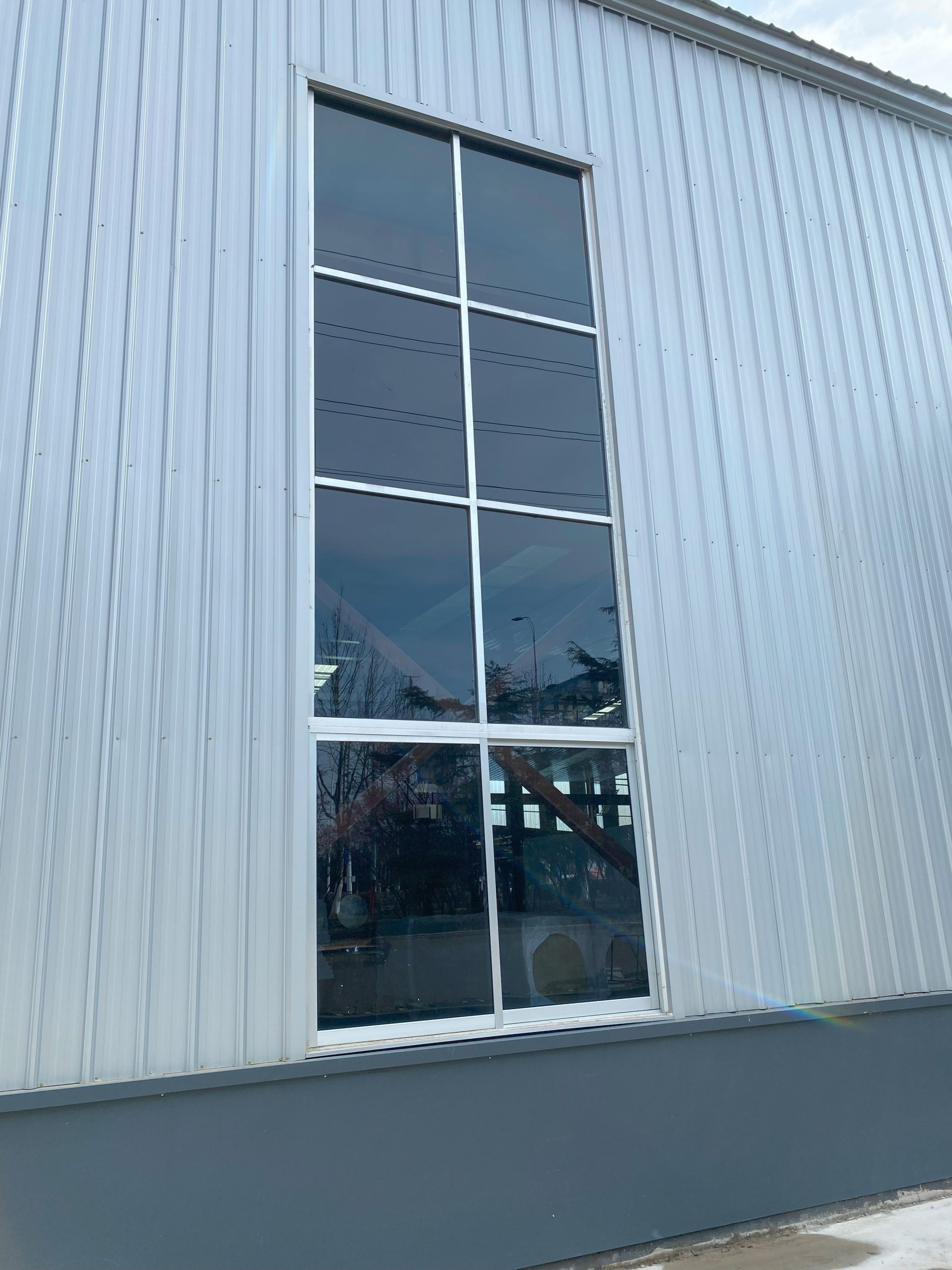Table of Contents
Benefits of Integrating Steel Structures in BIPV Technology
The integration of steel structures in building-integrated photovoltaic (BIPV) technology has been a significant development in the construction industry. Steel, known for its strength, durability, and versatility, has become a popular choice for supporting Solar Panels on buildings. This integration not only enhances the aesthetic appeal of the building but also contributes to the overall sustainability and energy efficiency of the structure.
One of the key benefits of integrating steel structures in BIPV technology is the increased efficiency of solar energy generation. Steel structures provide a stable and secure platform for mounting solar panels, ensuring optimal exposure to sunlight throughout the day. This maximizes the energy output of the solar panels, leading to higher electricity production and greater cost savings for the building owner.
Furthermore, steel structures are lightweight yet incredibly strong, making them an ideal choice for supporting the weight of solar panels. This allows for greater flexibility in the design and placement of solar panels on buildings, enabling architects and designers to create innovative and visually appealing structures that seamlessly blend Renewable Energy technology with traditional building materials.
In addition to their strength and durability, steel structures are also highly resistant to corrosion and weathering, making them a long-lasting and low-maintenance solution for supporting solar panels. This reduces the need for frequent repairs and replacements, resulting in lower maintenance costs and increased longevity of the BIPV system.
Moreover, the integration of steel structures in BIPV technology promotes sustainability and environmental responsibility. Steel is a highly recyclable material, with a significant portion of steel production coming from recycled scrap metal. By using steel structures to support solar panels, builders can reduce the environmental impact of construction projects and contribute to the circular economy by promoting the reuse and Recycling of materials.
Another benefit of integrating steel structures in BIPV technology is the potential for innovation and customization in building design. Steel can be easily shaped and molded into various forms, allowing for the creation of unique and complex structures that enhance the architectural appeal of the building. This flexibility in design opens up new possibilities for incorporating solar panels into the overall aesthetic of the building, creating a seamless integration of renewable energy technology with the built Environment.
Furthermore, the use of steel structures in BIPV technology can help to reduce the carbon footprint of buildings and mitigate the effects of climate change. By harnessing solar energy to power buildings, we can reduce our reliance on fossil fuels and decrease greenhouse gas emissions, leading to a more sustainable and environmentally friendly built environment.
In conclusion, the integration of steel structures in BIPV technology offers numerous benefits for the construction industry, including increased efficiency, durability, sustainability, and design flexibility. By harnessing the strength and versatility of steel, builders can create innovative and energy-efficient buildings that contribute to a more sustainable future. As the demand for renewable energy continues to grow, the integration of steel structures in BIPV technology will play a crucial role in shaping the future of the construction industry and promoting a greener and more sustainable built environment.
Innovations in Steel Structure Design for BIPV Applications
The integration of steel structure technology with Building Integrated Photovoltaics (BIPV) has opened up new possibilities for sustainable building design. BIPV technology allows for the seamless integration of solar panels into building materials, providing both energy generation and structural support. This innovative approach to building design has the potential to revolutionize the way we think about energy efficiency and sustainability in construction.
Steel structures have long been used in construction for their strength, durability, and versatility. By incorporating BIPV technology into steel structures, designers can create buildings that not only provide a safe and stable environment for occupants but also generate clean, renewable energy. This integration of steel structure technology with BIPV has the potential to significantly reduce a building’s carbon footprint and energy consumption, making it a key player in the fight against climate change.
One of the key advantages of using steel structures in conjunction with BIPV technology is the flexibility it offers in design. Steel is a highly versatile material that can be molded and shaped to fit virtually any architectural style or aesthetic preference. This means that designers have the freedom to create innovative and visually striking buildings that also serve a practical purpose in generating renewable energy.

In addition to its flexibility in design, steel structures are also known for their strength and durability. This makes them an ideal choice for supporting the weight of solar panels and other BIPV components. By integrating BIPV technology into steel structures, designers can create buildings that are not only aesthetically pleasing but also structurally sound and long-lasting.
Furthermore, the use of steel structures in conjunction with BIPV technology can help to streamline the construction process. Steel is a prefabricated material that can be easily manufactured off-site and assembled on-site, reducing construction time and costs. This means that buildings incorporating steel structures and BIPV technology can be completed more quickly and efficiently than traditional construction methods.
The integration of steel structure technology with BIPV has the potential to revolutionize the way we think about building design and energy efficiency. By combining the strength and durability of steel with the renewable energy generation of BIPV technology, designers can create buildings that are not only environmentally friendly but also visually striking and structurally sound.
In conclusion, the integration of steel structure technology with BIPV has the potential to transform the way we approach sustainable building design. By combining the strength, durability, and flexibility of steel with the renewable energy generation of BIPV technology, designers can create buildings that are both aesthetically pleasing and environmentally friendly. This innovative approach to construction has the potential to significantly reduce a building’s carbon footprint and energy consumption, making it a key player in the transition to a more sustainable future.
